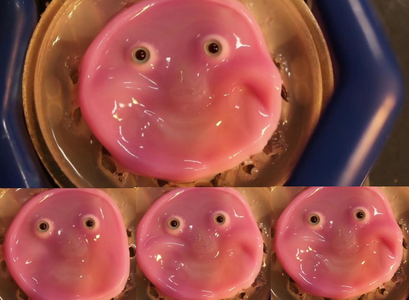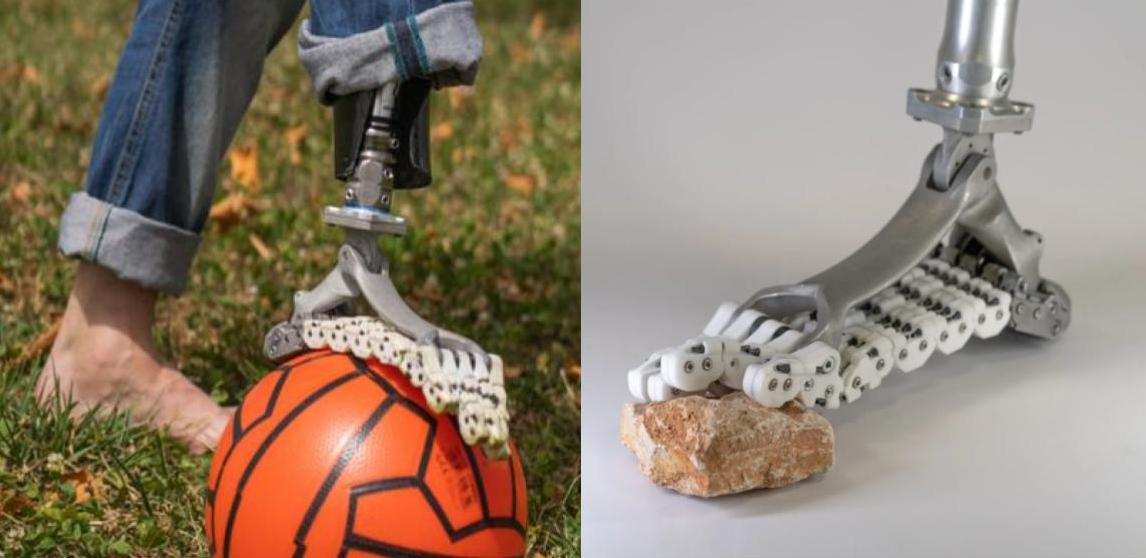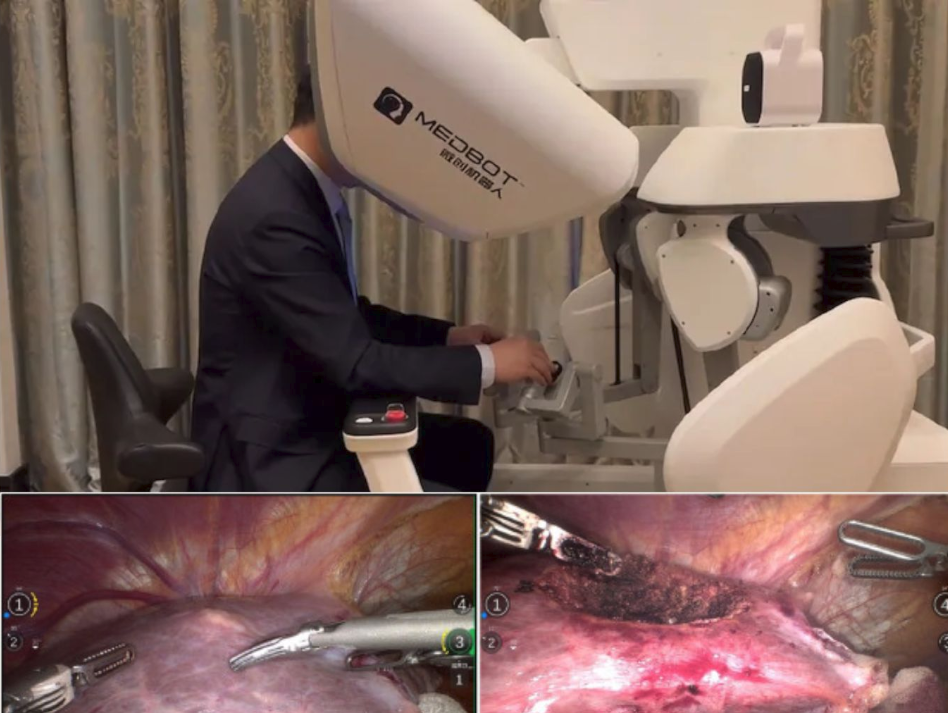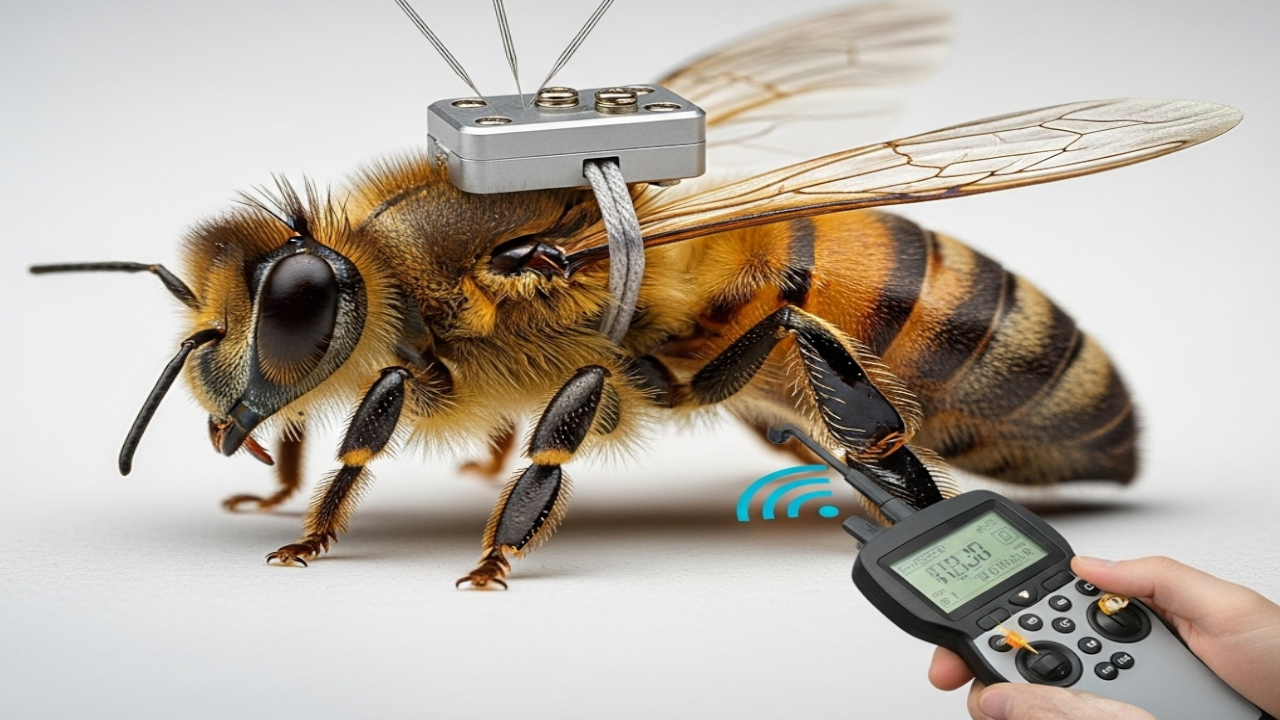Researchers at the University of Tokyo have made a significant leap in robot design by creating biocompatible “living skin” grown from human cells. This skin can be applied to a robot’s face, allowing for realistic facial expressions, particularly smiles.
The research, published in the journal “Cell Reports Physical Science” also includes a video showcasing a pink, flexible material that contorts to form a smile. This innovative skin aims to replace the current standard of silicone rubber, which relies on complex motor systems to create robotic smiles.
The Tokyo team envisions a future generation of “biorobots” that incorporate living materials. This living skin could possess functionalities similar to human skin, such as sweating and self-repair.
The researchers achieved a natural-looking smile by attaching the gelatinous skin to the robot’s face in a way that mimics the connection between human skin and underlying tissue. The skin is anchored through tiny holes on the robotic surface, allowing movement to translate into a realistic smile.
This breakthrough paves the way for robots that not only look more lifelike but potentially interact with the environment in new ways through biomimetic skin.









